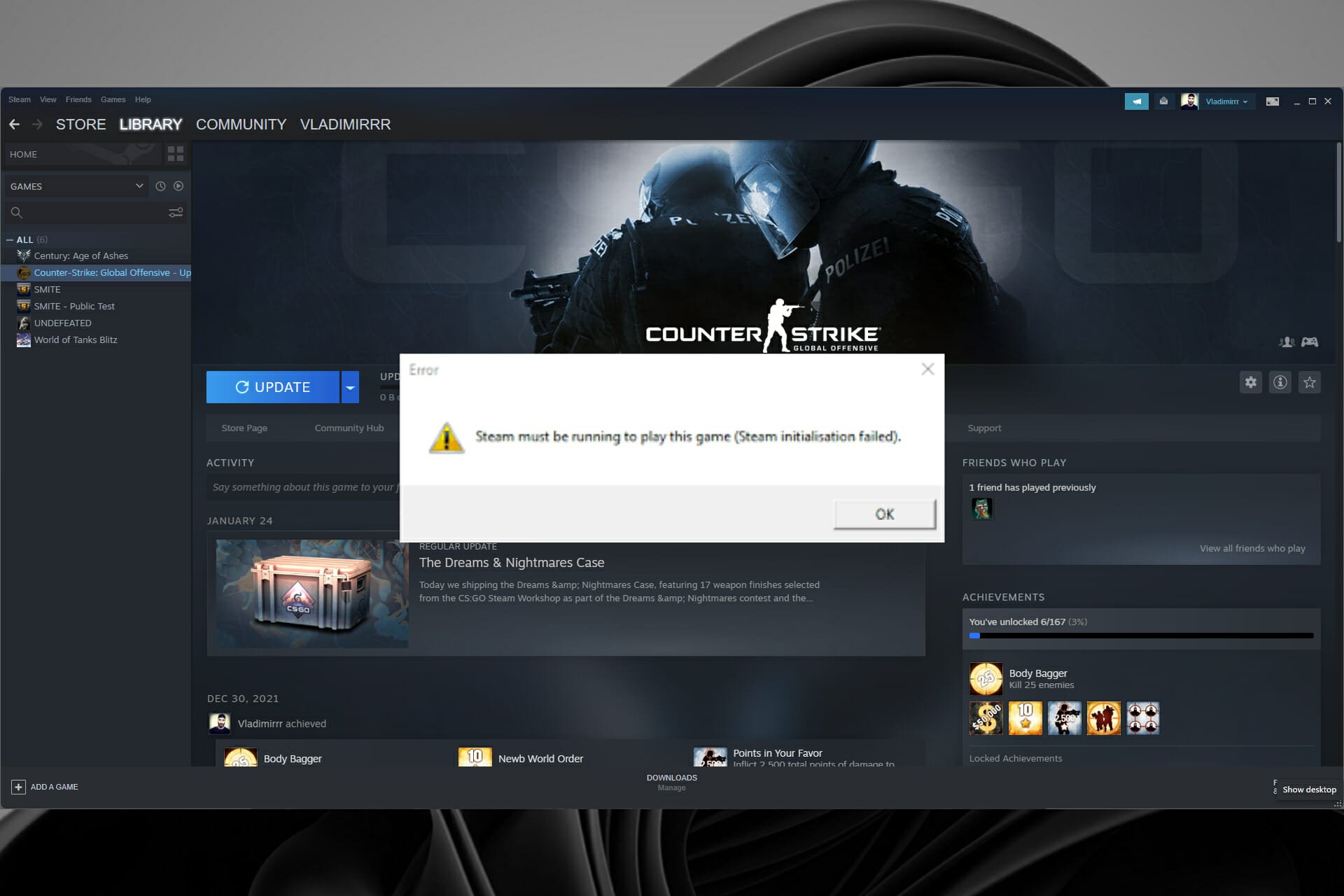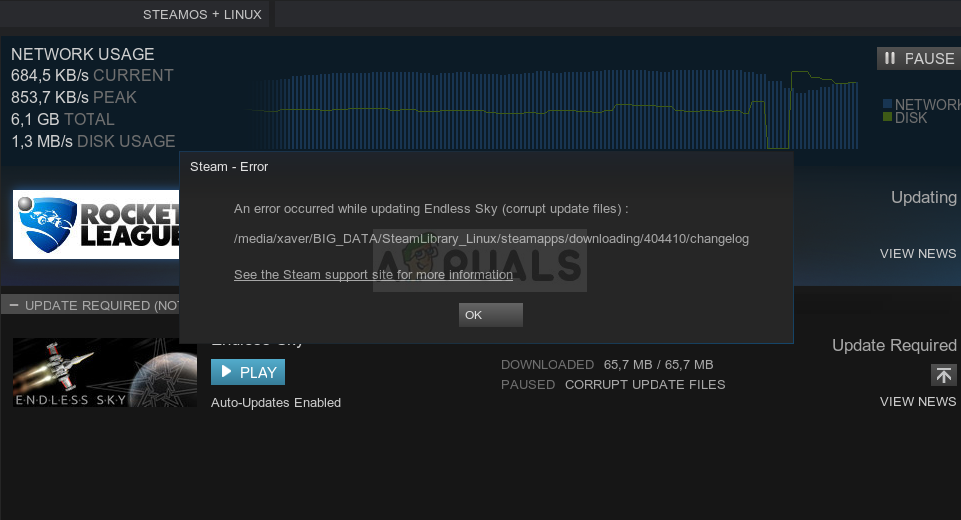
.png)
- STEAM FILE DOWNLOADER ONLINE DRIVERS
- STEAM FILE DOWNLOADER ONLINE UPDATE
- STEAM FILE DOWNLOADER ONLINE DRIVER
Now that you've told UE4 that you want your application to use the Steam Online Subsystem, you'll need to configure the OnlineSubsystemSteam module by adding the following settings:įinally, you'll want to specify the Steam class to the Net Driver for the application's connections: To tell UE4 to use Online Subsystem Steam, add the following setting:
STEAM FILE DOWNLOADER ONLINE DRIVERS
NetDriverDefinitions describes the net drivers available to UE4 with the following properties being defined:ĭefName is the unique name of this net driver definition.ĭriverClassName is the class name of the primary net driver.ĭriverClassNameFallBack is the class name of the fallback net driver if the primary net driver class fails to initialize. +NetDriverDefinitions=(DefName="GameNetDriver",DriverClassName="OnlineSubsystemSteam.SteamNetDriver",DriverClassNameFallback="OnlineSubsystemUtils.IpNetDriver") Open your project's DefaultEngine.ini file and add the following setting: Now that you've set up the Steamworks SDK for your application (along with setting up the Steam App ID), you're ready to configure your application's settings to use Online Subsystem Steam. If you're creating a new project using the Unreal Project Browser, Online Subsystem settings shouldn't exist in DefaultEngine.ini however, if you're modifying one of our Sample Projects, the Online Subsystem settings might already exist. This makes it unnecessary to launch the game using the Steam client (although it must be running).

If you open steam_appid.txt, you'll see a SteamDevAppId entry, which is a field that hints your application's ID to Steam. It's important to note that steam_appid.txt must be located in the same directory as your application's executable file because Steam will look for the text file in the current working directory.Īdditionally, the file should not be included in any Steam images. Redistibutable_bin/linu圆4/libsteam_api.soĪll games using the Steam Online Subsystem must have a valid application ID because the Steamworks API won't initialize if it doesn't know your application's Steam App ID.īefore initializing Steam, UE4 will generate steam_appid.txt (during a graceful shutdown of the engine, UE4 deletes this file). YourUnrealEnginePath/Engine/Binaries/ThirdParty/Steamworks/Steam/x86_64-unknown-linux-gnu/libsteam_api.so Redistibutable_bin/linux32/libsteam_api.so YourUnrealEnginePath/Engine/Binaries/ThirdParty/Steamworks/Steam/i686-unknown-linux-gnu/libsteam_api.so Linux users must link and ship the following files alongside the executable. Now, copy the relevant redistributable files from the /redistributable_bin/ directory of the SDK to the following locations: If you intend to recompile the engine against the source, putting the SDK in the right place is required as well. Using Steam against the precompiled version of the engine should only require copying some of the dynamically linked libraries from Valve's SDK into the appropriate folders. #define STEAM_SDK_ROOT_PATH TEXT("Binaries/ThirdParty/Steamworks") Open "OnlineSubsystemSteamPrivatePCH.h" (located in ".\.\Plugins\Online\OnlineSubsystemSteam\Source\Private\"), where you'll find the following line of code, defining the root location of the Steamworks SDK: If you're compiling Unreal Engine 4 from source, the following steps should be taken: In this example, the is formatted as v139. You'll also need to update, which is located in the project directory. YourUnrealEnginePath/Engine/Source/ThirdParty/Steamworks/ Steam /sdk

STEAM FILE DOWNLOADER ONLINE UPDATE
If you're updating your project's Steamworks SDK, make sure to update the in your project's Steamworks path:


 0 kommentar(er)
0 kommentar(er)
